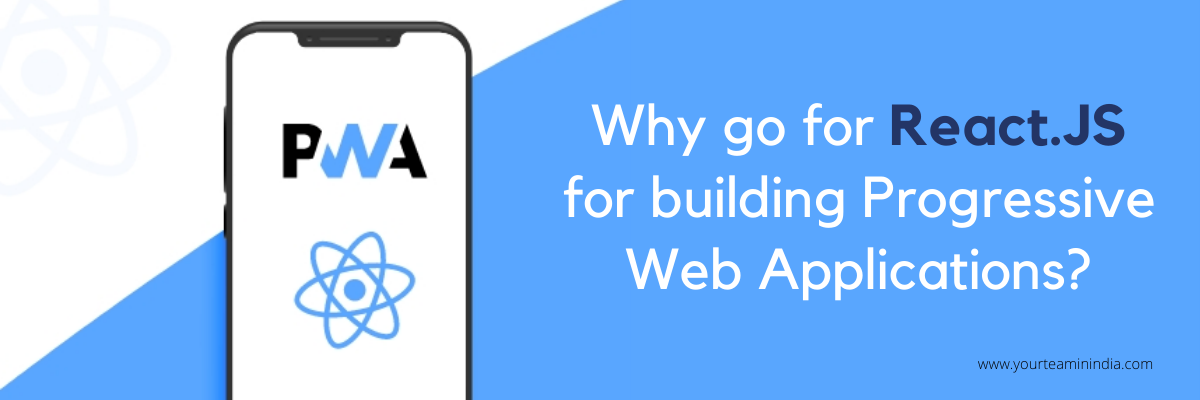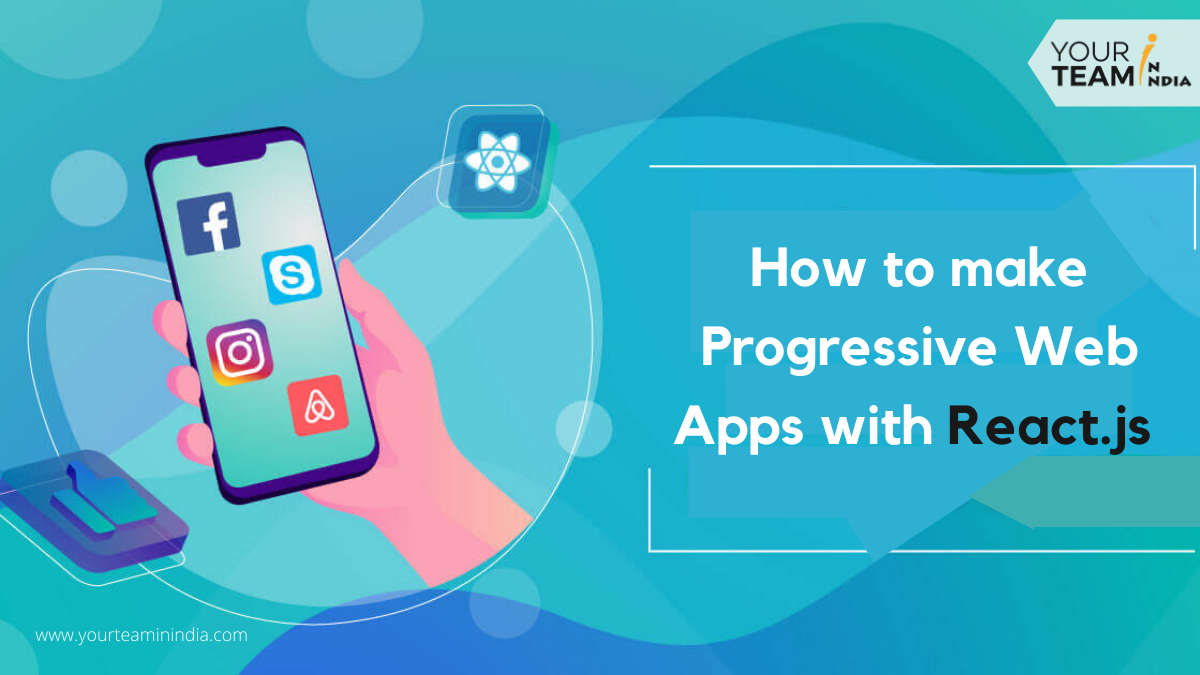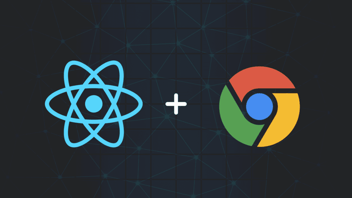Developers try to come up with something new and unusual in the fast-paced world of mobile and web applications. PWA (Progressive Web App) stands out as the ideal paradigm in the recent trend of designing hybrids for process and performance optimization. To put it another way, it's a hybrid of mobile applications and web pages from any website.
Websites and mobile applications were divided by a narrow line. That tiny line has become camouflaged since the introduction of PWA. To put it another way, PWAs are websites with a URL that works in a browser, but once you’re on the page, the functionality is comparable to that of a mobile app, giving you a hybrid experience. So, in this blog, we’ll explore more about progressive web apps, how they are created and why React is the perfect choice for PWAs.
Introduction to Progressive Web Apps
A Progressive Web Application, or PWA, is a web application that is designed to look and act like native apps, runs offline first, and is optimized for several viewports, including mobile, tablets, and FHD desktop monitors. PWAs are online applications that leverage front-end technologies such as HTML, CSS, and JavaScript to provide a native-like user experience. PWAs can be installed on mobile devices in the same way that native apps can.
This new development strategy tries to blend the benefits of current websites with the convenience of mobile apps. To bring native app experiences to online applications, they leverage HTTPS, a manifest file, service workers, and an app shell architecture in concert.
Why go for React.JS for building Progressive Web Applications?

Jordan Walke, a Facebook developer, designed React as an open-source JavaScript library in 2013. React was created to make user interfaces that are quick, easy, and scalable. The library is maintained by the Facebook team, and it is now integrated into Facebook and Instagram. React aids in the development of big, adaptable web apps with hot reloading capabilities. It means that your software will continue to operate while you make changes to it at runtime. This capability is very useful for fine-tuning the UI's functionality. The ‘Learn once, write anywhere; philosophy provides high code reusability, which is another popular aspect for designing UI with React.
The main advantages of React due to which it is preferred for building PW Apps are the Following:
It is High-Powered
React is excellent for building scalable and fast online applications while avoiding performance concerns. React leverages virtual DOM to make UI changes without having to reload the entire page and risk rendering errors. Instead of using code-heavy bootstrapping libraries like JQuery, you can make changes to the page in the virtual memory with React. In addition, the faster rendering speed of React minimizes the time it takes for a page to load.
It is easy to learn
React is not as difficult to understand as the Angular or Ember JS frameworks. React supports JSX, a JavaScript syntax extension that allows you to use HTML-like syntax in your code. As a result, you can create a robust React PWA using just JavaScript and HTML & CSS.
It is well-equipped
Debugging, testing and design are all made easier using React’s developer tools, boilerplates, and react libraries. It provides a number of possibilities from which you can select the one that best suits your needs.
It is SEO-Friendly
When working with big online applications, errors in the Web Rendering Service are a typical SEO issue. This means that portions of your website will not appear in Google search results. Your content on React-powered web pages will be properly indexed thanks to the use of virtual DOM.
Some Good Examples of React-based Progressive Web Apps
Here are some top brands and organizations that make use of React-based PWAs to offer their audience a great experience.

BMW
Starbucks
Twitter Lite
Tinder
These companies use PWA, React, and accelerated mobile pages (AMPs) to produce sites that provide visitors with cutting-edge interactive design, full-screen movies, and high-resolution photos. On both the desktop and mobile web, React allows for a responsive and engaging web experience, which aids in the promotion of app downloads and the development of consumer loyalty. By adopting best practices for indexability, the PWA improves SEO by making the mobile site more searchable, even when the connection quality is poor.
Steps to create PWA with React.JS

There are 4 main steps to create a ReactJS PWA.
1. Create a simple react app – With any of the available development environments that you find comfortable to work with, you need to have a simple react app.
2. Register a Service Worker
For making your React.JS PWA runnable in offline mode, you need to configure a service worker. A service worker is nothing more than a background-running script that performs its tasks without the need for a webpage.
3. Configure the Web Application Manifest
The next step would be to set up a manifest for your PWA that would be a JSON file containing metadata for your application appearance.
4. Test your PWA
With the previous step, your Progressive Web App development is pretty much complete, so now you need to do the testing. For that purpose, you can use any tool from a lot of different testing tools available in the market.
Conclusion
PWAs are faster, more dependable, need less time to develop, take up less space than native apps, and are also less expensive. Thus, PWA is a terrific alternative for businesses to effortlessly reach more users by giving a better user experience.
Need help setting up a dedicated team of Reactjs developers in India? At Your Team In India, we have a pool of certified Reactjs engineers. Connect with us our business head now and get a free consultation.






